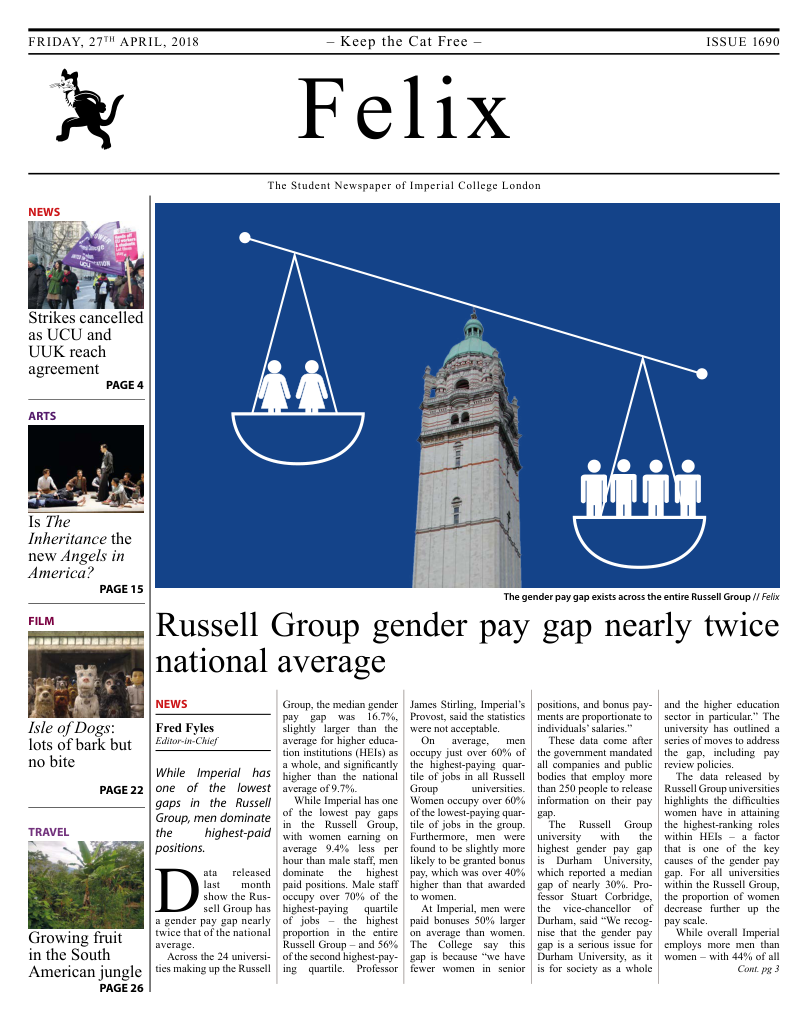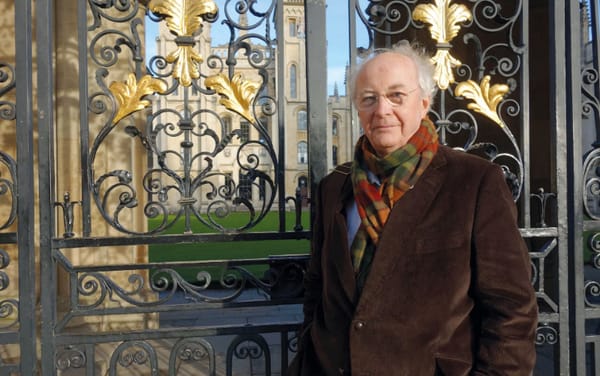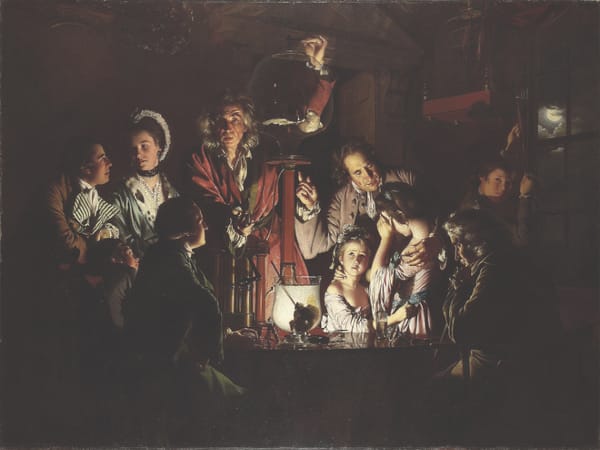Children of Blood and Bone takes a step forward for representation, but is stuck in YA romance
Tomi Adeyemi’s host of characters could inspire a generation of under-represented teens, but hopefully their relationships won’t have such an impact.

Young Adult books can get a lot of bad rap. In some ways, I can see why, but then releases like Tomi Adeyemi’s debut Children of Blood and Bone make me question the stigma.
Zélie should have magical abilities, but a ruthless king destroyed magic and killed anyone with powers before she could develop them. When an ancient artefact is found which seems to be reconnecting diviners with the gods, igniting their abilities, Zélie has a chance to improve the lives of her people.
It’s not the most unique take on magic or the ‘Chosen One’ trope, but that’s not the appeal. Adeyemi’s rich world is inspired by West African mythology, with some modern politics thrown in. It’s a vivid representation of a land and its culture which can be both beautiful and cruel. It would often force me into moments of contemplation, either in admiration or sombre silence. The atrocities committed against the diviners are hard enough on the reader, let alone when considered in the context of the Black Lives Matter movement.
In the Author’s Note at the end of the book, parallels are drawn between real people and characters of the book – children, mothers, and innocents. It drags the reader back into a harsh reality; all the emotions felt throughout the novel are forced onto stories you’ve seen on the news.
Still, it’s not all about sorrow. Adeyemi has discussed her desire give a young readership protagonists in whom they could see themselves, something she had never found for herself. On the author’s YouTube channel, there is a video of her holding the book in her hands for the first time which shows her passion. Through her tears, you can see how important it is to her, and it will be to countless others.
“Why do all YA books need the protagonist to fall in love? And why are the love interests so terrible?”
Children of Blood and Bone is drawing lots of attention. It may not have exploded in the media as Black Panther did, but both stories are starting many a discussion. It has held its place on the New York Times bestsellers list for the last six weeks. A deal for not one but three films was announced before the book was even released. Pretty impressive for a 24-year-old debut author.
If it wasn’t branded YA, and if the cast wasn’t filled with teens, it may have been even more popular. But it doesn’t seem to be the age of the target audience that makes many recoil – you don’t see anyone shying away from Harry Potter for being a kid’s book. The problem is much more specific to YA itself. Many people are put off by a reputation of re-hashed plots, clichéd writing, and the same bland girls falling for bad boys.
Sadly, not all of those problems are resolved by Adeyemi.
Her writing style isn’t necessarily one to sing about. It’s easy to read, which isn’t a bad thing – there isn’t an elaborate style which could disorientate or distract from the plot. Anyone could read it, and that’s good – this book should reach as many people as possible.
What did irk me about the writing was the incessant use of interruption. So many times, the narrator would be cut short mid wor– “Only for their train of thought to be completed,” by another character. Sure, it’s fine once, but it’s annoying as soon as it becomes noticeable. This forced effort to be quirky is found too often in books of this kind.
“The book would often force me into moments of contemplation or sombre silence”
It’s annoying, but at least it’s not problematic, unlike the romance shoehorned into Children of Blood and Bone, and many other YA books. Why do they all need the protagonist to fall in love? And why are the love interests so often terrible people?
It’s happened ever since Twilight popularised YA books – maybe that’s what started the trend of unhealthy relationships. In this case, Adeyemi tries to convince the reader that a villain is good boyfriend material. Some of his acts are justified, and he has a little hero in him, but who wants to be with someone they’ve seen commit murder and arson?
For a book with a young target audience, it is not appropriate. It’s not even required for the story; the same outcome could be reached with friendship instead of romance.
This isn’t the only offence, but it is the worst. At least the other relationship that’s toyed with is between two good, wholesome characters. Still, for a book focussing on four teenagers, it’s a little too neat to have two couples. I’m thankful there isn’t a love triangle.
Children of Blood and Bone deserves all the hype it’s receiving and more, but it’s by no means perfect. The diversity that it brings to YA should be celebrated, its legacy continued. The dysfunctional relationships between the characters should not.









